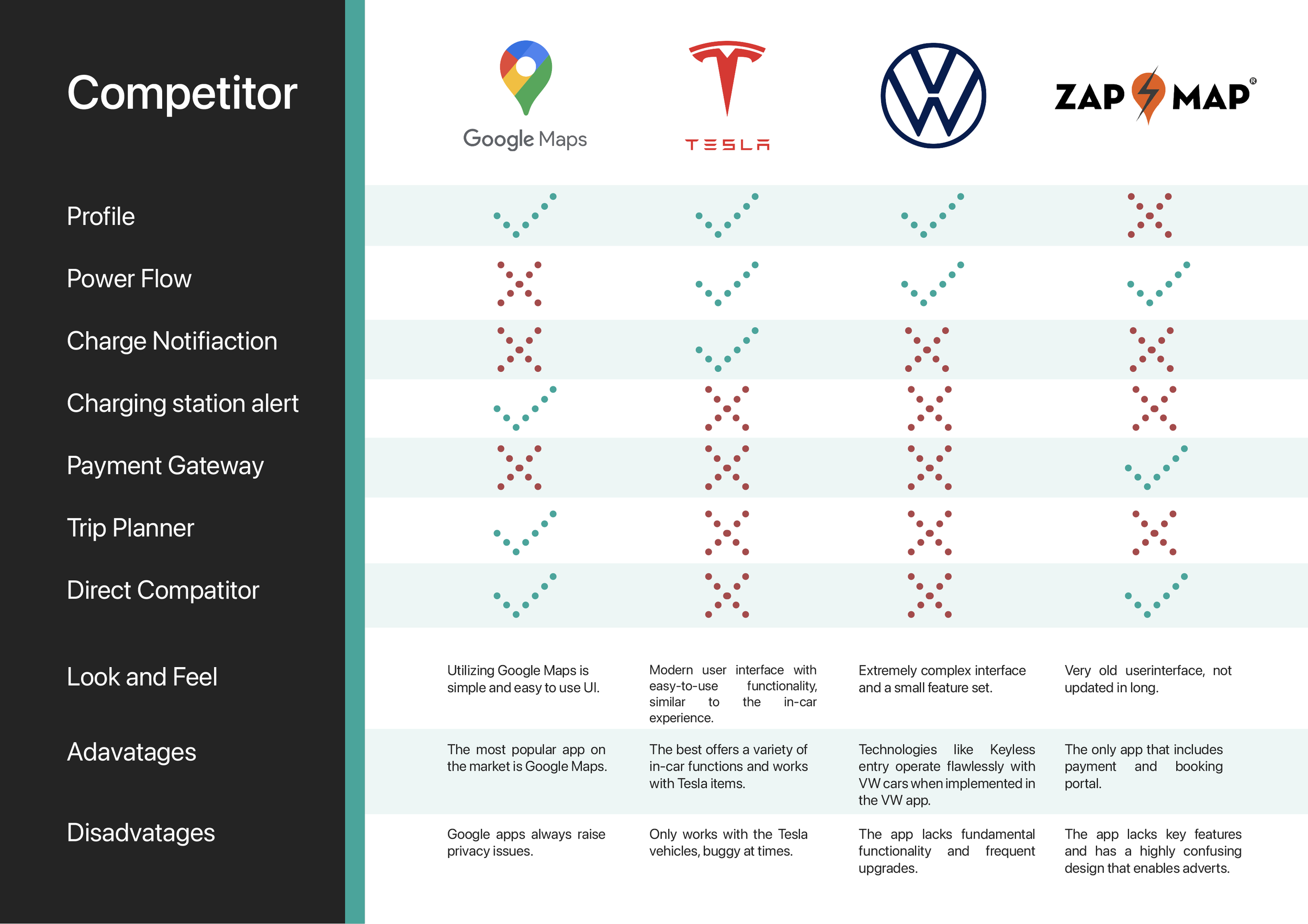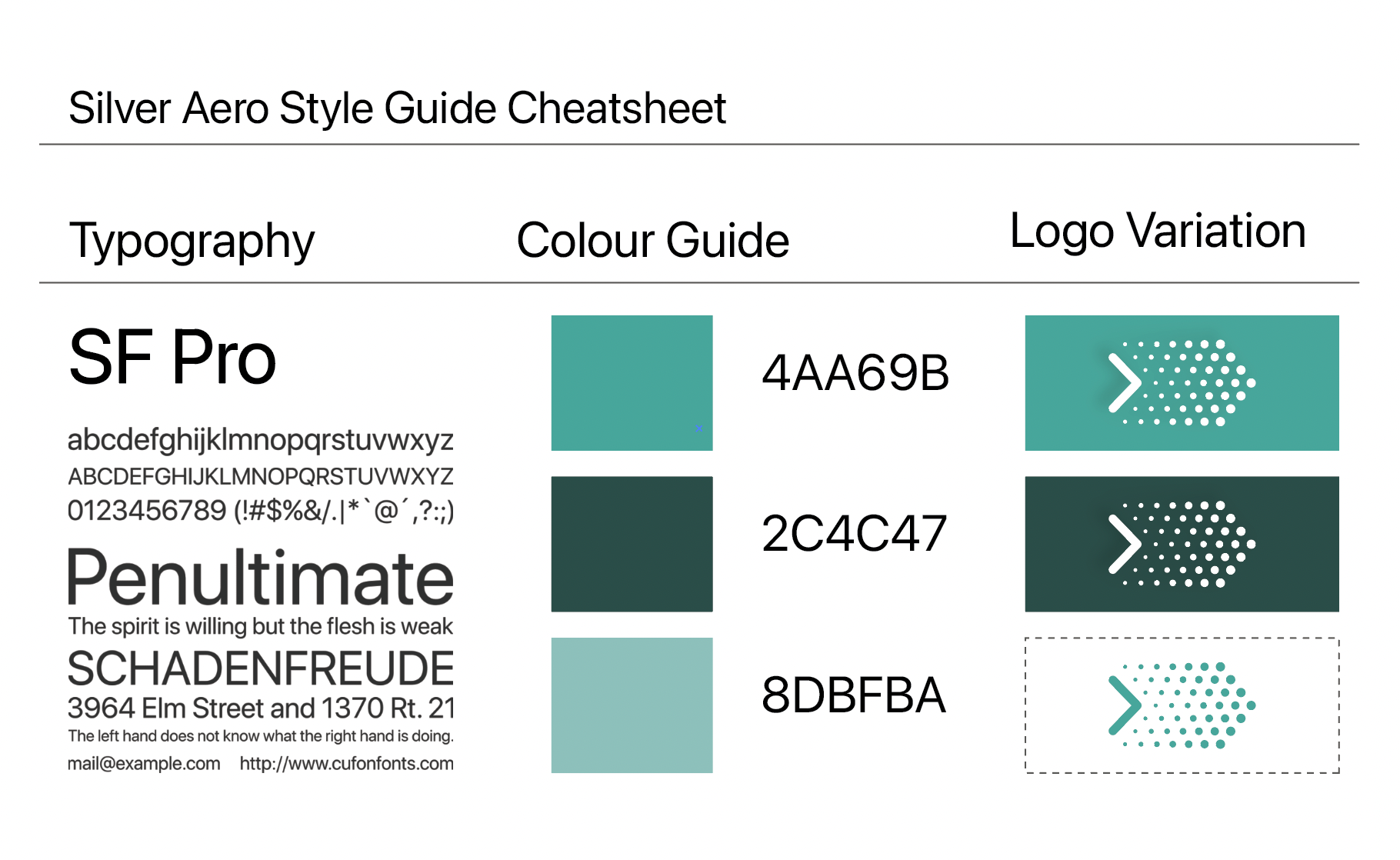Navigation Aid For EVs of the Future
Silver Aero aims to be an all-in-one platform for electric vehicle (EV) owners and renters. It addresses key pain points: fragmented charging infrastructure, multiple charging standards, and limited battery-longevity insights for users.
Problem Statement
Users struggle with:
Confusion over diverse charging standards
Needing multiple apps (Google Maps, Zap‑Maps, Apple Maps) to find charging points
Lack of visibility into battery health and lifespan
Design Approach
Stanford Design Thinking Framework Structured around empathize, define, ideate, prototype, and test stages. Major challenges included user knowledge gaps, aligning UX with complex EV tech, and motivating adoption.
Discovery
Competitor Scan
No direct rival—only indirect competition from Apple and Google.User Research
• 72 survey responses (Google Forms)
• 4 interviews (1 in-person, 3 remote via Zoom/Teams)
• Data processed into personas, journey maps, and an affinity diagram.
Personas & Journey Maps
Developed representative user personas and mapped their journeys—pinpointed key friction like app-switching, battery anxiety, and installation concerns.
Ideation & Feature Definition
Key features identified:
Consolidation of charging map, battery status, booking slots, and intelligent notifications
New “Service” tab to connect users with electricians for charging-point setup
Seamless mobile-to-infotainment experience via a dedicated IoT device and voice assistant
Apple CarPlay–inspired design for in-vehicle UI continuity
Prototyping
Key features identified:
Created clickable mobile prototypes (Figma) and infotainment prototypes (Adobe XD)
High-fidelity prototypes captured key interactions and layouts across screens
Testing & Feedback
Conducted usability testing with six users (via Zoom) on seven core tasks
Collected qualitative and quantitative insights
80% satisfied with look-and-feel; 20% requested light-mode option
All users completed tasks within allotted time; noted minor UI tweaks for typography and component sizing.
Design Rationale
Challenge: Multiple apps for EV tasks
Solution: Built an integrated platform with unified navigation, charging data, booking, and battery analytics
🎯 Final Thoughts
Users praised the cohesive experience across mobile and in-vehicle screens
Service tab addresses a real-world need—connecting users with electricians
Voice assistant simplifies in-car interactions safely
Future enhancements include light mode, refined UI elements, and expanded testing





